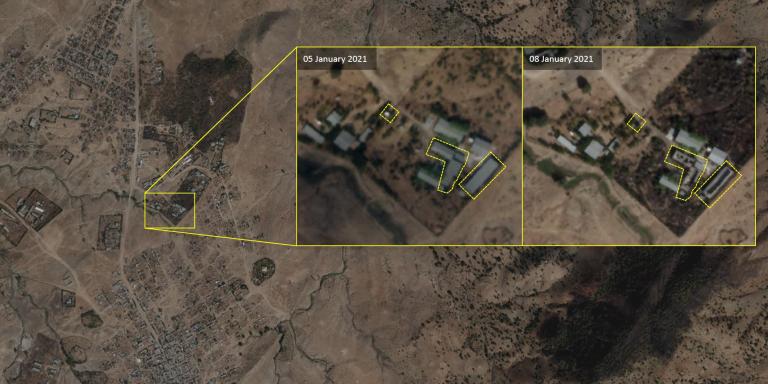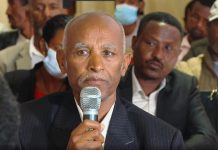Africa-Press-Ethiopia
OSLO, Norway, February 8, 2021/APO Group/ — Buildings set up to serve refugees were among several destroyed in Ethiopia’s Tigray region according to satellite imagery received by the Norwegian Refugee Council (NRC). In addition to NRC facilities, a school and a health clinic were also damaged and burned down in Hitsaats and Shimelba refugee camps in recent weeks.
“We condemn the criminal destruction of our buildings and facilities that we set up to serve refugees in great need,” said Jan Egeland Secretary General of NRC. “This rampage of burning and looting by armed men deepens an already dire crisis for millions of people.”
We again urge all warring parties to respect and protect humanitarians and our assets, in line with international humanitarian law
UK-based analyst group, DX Open Network, showed the destruction of the facilities through newly released satellite imagery. Its analysis, which aligns with other reports from the camps, indicates that between 5 and 8 January 2021, NRC’s compound in Hitsaats camp appears to have burned down and roofs of its structures substantially damaged.
“NRC urges the Government of Ethiopia and donor nations to investigate the destruction of aid supplies or infrastructure, hold any perpetrators to account and ensure that humanitarian facilities are protected. We again urge all warring parties to respect and protect humanitarians and our assets, in line with international humanitarian law,” said Egeland. “This is an unexpected and unacceptable negative development in a country that has for so long been an example of aid facilitation and response.”
The Hitsaats and Shimelba camps were home to over 25,000 Eritrean refugees. The full impact on refugees from the damage of the facilities remains unknown, and the UN has reported that while 3,000 refugees have been relocated, as many as 20,000 refugees remain unaccounted for.
Independent verification of the fate of the refugees and damage to facilities is not possible as aid organisations are unable to access the area. Ongoing conflict and significant bureaucratic challenges continue to block humanitarian access into Tigray, three months since the start of the conflict. Most rural areas, along with these two refugee camps and surrounding areas, are cut off to aid workers.
“Thirteen long weeks without being able to go in, respond effectively and verify the status of our humanitarian assets is simply unacceptable,” Egeland said. “We cannot say it enough. The humanitarian community requires unrestricted access to all parts of Tigray to assess the needs and damage, and provide urgent life-saving assistance.”






